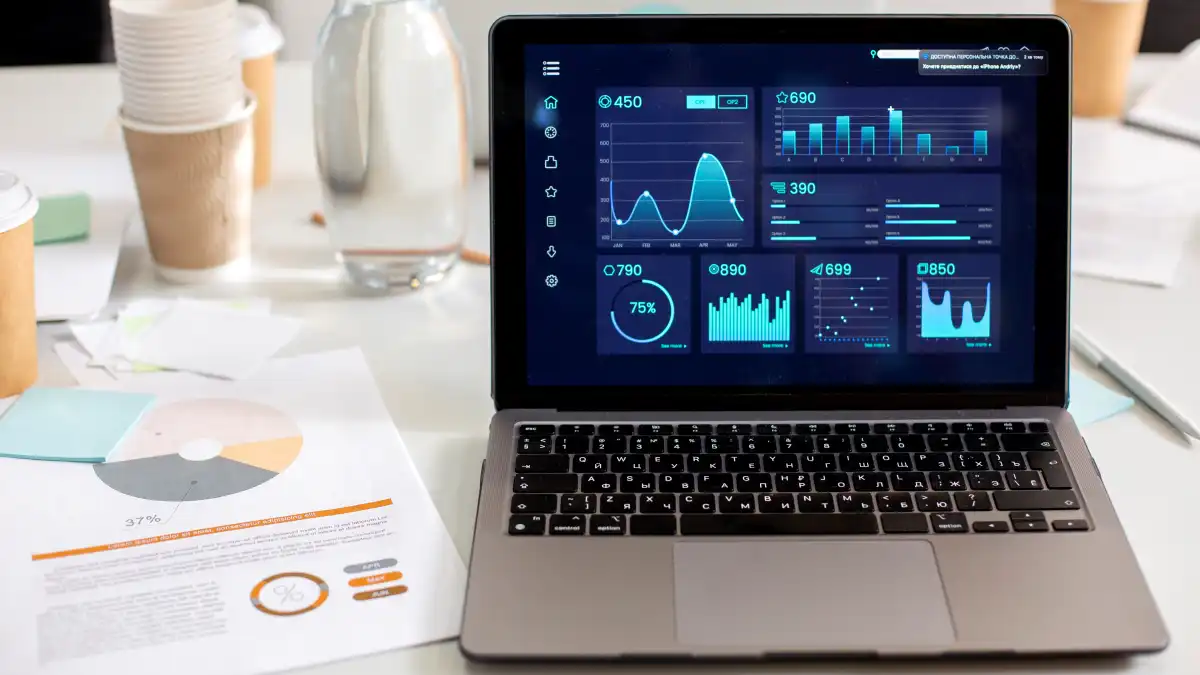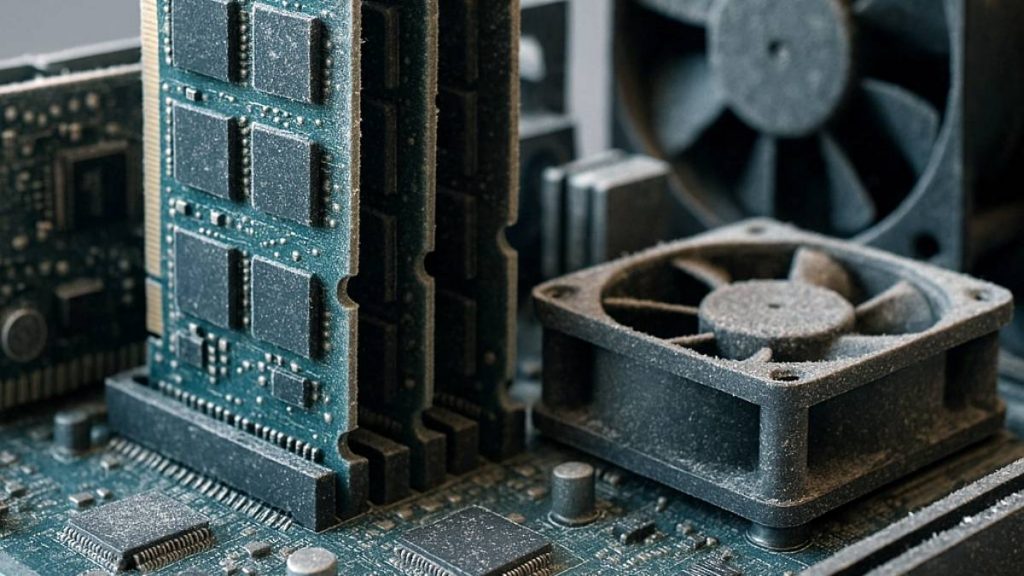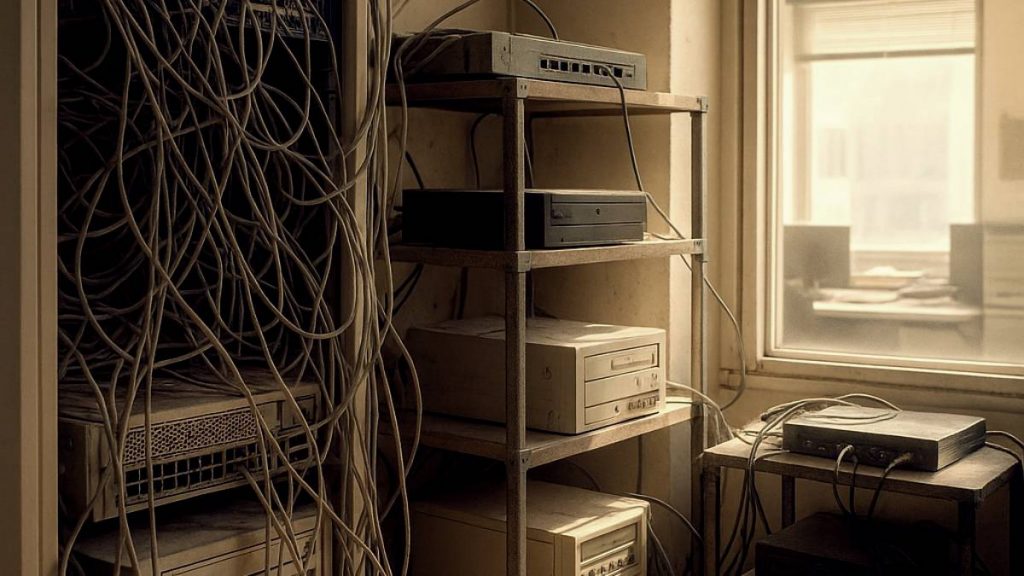Effective remote management of colocated servers is crucial for minimizing the need for on-site visits while maintaining control over your infrastructure. This article covers practical techniques, available tools, and expert advice on remotely managing servers in a data center, including out-of-band management solutions like KVMoIP devices and IPMI management cards.

Techniques for Effective Remote Server Management
Leverage Remote Access Software
Using remote desktop and server management software allows IT administrators to access and manage server functions without physically going to the data center. Tools should support tasks such as accessing the command line, rebooting servers, and applying software updates.
Implement Out-of-Band (OOB) Management
Out-of-band management provides access to the server’s hardware even when the primary network connection is unavailable. OOB solutions, such as KVMoIP devices and IPMI management cards, allow administrators to troubleshoot, reboot, and manage servers at the hardware level remotely.
- KVM over IP (KVMoIP) Devices
KVMoIP (Keyboard, Video, Mouse over IP) devices provide remote access to a server’s keyboard, video output, and mouse control through an IP network. This allows for complete remote control, even during boot-up or when the operating system is not functioning. KVMoIP devices can be used to access the BIOS, troubleshoot system errors, and perform reboots.
- Example device: Raritan Dominion KX III is a popular KVMoIP solution that supports remote BIOS-level access and virtual media for remote file transfers.
- Intelligent Platform Management Interface (IPMI)
IPMI cards are built-in or add-on management interfaces for servers that enable remote control at the hardware level. With IPMI, administrators can power cycle servers, monitor hardware health (temperature, fan speeds, power status), and even view a server’s console remotely.
- IPMI solutions like Supermicro IPMI and Dell iDRAC are popular solutions for OOB management. They allow for remote monitoring, configuration, and troubleshooting, making them essential for effective server management.
Use Secure Shell (SSH) for Command-Line Access
SSH provides a secure way to log into servers and perform command-line operations remotely. It’s an essential tool for managing Linux servers and automating administrative tasks. Make sure to configure SSH keys and apply proper firewall rules for secure access.
Automate Routine Tasks with Configuration Management Tools
Automating tasks such as updates, backups, and patches using tools like Ansible, Puppet, or Chef can reduce manual effort and ensure consistent configurations. These tools can execute tasks across multiple servers, further minimizing the need for physical access.
Deploy Monitoring and Alerting Systems
Remote monitoring tools are crucial for tracking server health, resource utilization, and network performance in real time. They can send alerts for issues like CPU spikes or network outages, allowing administrators to respond quickly.
Establish Remote Reboot Capabilities
Ensure you have the ability to reboot servers remotely. Tools such as Intelligent PDUs with remote management capabilities or OOB solutions like IPMI cards can facilitate this, reducing the need for manual intervention.
Example Tools for Remote Server Management
Free Tools
PuTTY
PuTTY is a free SSH and telnet client for Windows that is widely used for remote command-line server access. It’s a lightweight option for Linux-based server management.
Nagios Core
Nagios Core is an open-source monitoring tool that tracks server metrics like disk usage, memory utilization, and network performance. It supports alerting and can be expanded with plugins.
Zabbix
Zabbix is an open-source monitoring platform that provides real-time insights into server performance, log files, and network traffic. It features dashboards and customizable alerts.
Cockpit
Cockpit is a web-based management interface for Linux servers. It provides real-time monitoring and remote command-line access through a web browser.
Ansible
Ansible is an open-source automation tool for managing configurations and deployments. It simplifies routine tasks such as updates and backups, allowing them to be executed remotely across multiple servers.
Paid Tools
TeamViewer
TeamViewer provides secure remote desktop access to servers running Windows or Linux. It supports unattended access, file transfers, and session recording, which are useful for remote troubleshooting.
SolarWinds Remote Monitoring & Management (RMM)
SolarWinds RMM is a comprehensive server, network, and application management platform. It includes remote access, patch management, monitoring, and automation in one solution.
LogMeIn Central
LogMeIn Central offers cloud-based remote monitoring and server management. It supports automated patching, remote access, and real-time monitoring, making it ideal for managing multiple servers.
Paessler PRTG Network Monitor
PRTG is a robust monitoring solution for servers, networks, and applications. It includes customizable alerts and monitors bandwidth usage, server health, and network traffic.
ManageEngine OpManager
OpManager provides real-time network and server monitoring, including log management, application monitoring, and remote server control.
Out-of-Band Management Solutions
Raritan Dominion KX III (KVMoIP)
Raritan KVMoIP allows administrators to access the server’s BIOS remotely and control the keyboard, video, and mouse through an IP network. It supports multiple servers, virtual media for remote file transfers, and high-definition video resolution.
Supermicro IPMI
Supermicro IPMI enables administrators to monitor Supermicro hardware status, control power, and access the console remotely. It’s ideal for server management even when the operating system is unresponsive.
Dell iDRAC
Dell iDRAC provides remote Dell server monitoring, configuration, and troubleshooting. It includes a virtual console, hardware health monitoring, and automated alerts.
HPE iLO
HPE iLO offers remote HPE server management at the hardware level, allowing for monitoring, firmware updates, and troubleshooting. It supports scriptable interfaces for automation and out-of-band access.
Cisco UCS Manager
Cisco UCS Manager provides centralized management for Cisco server environments, enabling OOB management, hardware monitoring, and remote troubleshooting.
Best Practices for Remote Server Management
Secure Remote Access with Best Practices
Ensure that all remote access tools follow security best practices, including strong passwords, multi-factor authentication, trusted IP address restrictions, and up-to-date software to prevent unauthorized access.
Automate Backups and Regular Maintenance
Automate backups and routine maintenance tasks to reduce the need for manual intervention. Use automation tools to schedule regular updates, patches, and backups, ensuring servers are always protected.
Monitor Performance Metrics and Configure Alerts
Deploy monitoring tools that track server health and alert administrators to issues such as high CPU usage or memory leaks. This proactive approach helps prevent severe problems before they occur.
Document Access Procedures and Test Them Regularly
Create and maintain documentation for remote access procedures, including incident response plans. Test these procedures periodically to ensure that tools and configurations function as expected.
Regularly Test OOB Management Capabilities
Confirm that OOB management solutions like KVMoIP and IPMI are correctly configured and accessible. Conduct routine tests to verify you can access hardware-level controls and reboot servers remotely.
Conclusion
With the right tools and techniques, managing colocated servers remotely is achievable without sacrificing control or insights. Out-of-band management solutions such as KVMoIP devices and IPMI management cards, combined with robust remote monitoring and automation, can significantly reduce the need for on-site visits. Secure access, proactive monitoring, and well-documented procedures are critical to an effective remote management strategy.
If your business needs expert assistance with colocated server management, Datacate offers professional services to help you optimize your remote management approach. Contact us today to find out how we can support your IT infrastructure.







